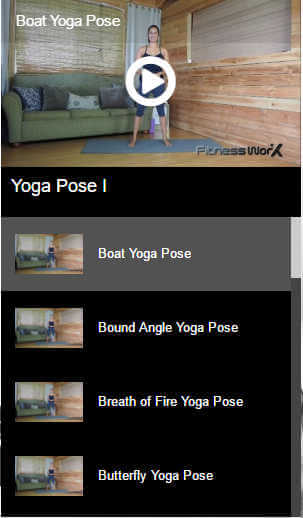These days, yoga classes have become a necessity than ever. The practice is popping up in gyms, schools, and even some stores, not to mention actual yoga studios!
There is a variation offered, how do you know which practice is right for you? Even for a veteran yogini (yogi), it could be challenging to keep them all straight, and these
practitioners often ask the comparison of the different styles.
So, whenever you are planning on enrolling in yoga classes, so have to make sure you know which type of yoga is right for you. So, let me give you the types of yoga you can benefit from.
1) Anusara Yoga
An emphasis on proper alignment and catering the pose to the student. Props are used often, and partner work is common. Students are encouraged to get in touch with their emotions.
Expect plenty of heart-opening poses and more talking than in other classes. Music is common in Anusara classes.
Good for:
Those looking to use yoga as therapy or who want an emotional yoga experience.
Those who want to focus on alignment.
Those looking for a positive, lighthearted environment.
Avoid if:
You don’t want to talk about your feelings.
You don’t want to touch your fellow students.
You might also like:
Iyengar for the alignment.
Jivamukti for the spirituality.
2) Ashtanga Yoga
Six series of set postures traditionally taught one pose at a time, in the style of Sri K Pattabhi Jois. In the US, most classes focus on the Primary Series, which is adaptable for beginners but is challenging for those who aren’t exercising already. Students often work at their own pace (called Mysore-style) with the teacher assisting and teaching new poses as previous ones are mastered.
Focus is on breath, bandhas (energy locks), and drishti (fixed gaze points), and poses are linked–no pausing in between. The series can be customized to suit any body type at any level. Expect led classes to move at a rigorous pace with “vinyasas” (plank-chaturanga-up dog-down dog transitions) between poses and plenty of hands-on
attention from the teacher.
No music. Each pose is held for five breaths, and led Primary Series classes last 75-90 minutes, though beginners classes are often shorter. Props are not traditionally used, but many teachers will allow them. (This is the style I practice and the one I recommend for anyone interested in yoga.) “Ashta” means eight in Sanskrit, and “Ashtanga” yoga
refers to the eight limbs of yoga.
Good for:
Anyone interested in yoga.
Anyone who wants to learn a set series they can do at home.
Avoid if:
You want a slow, gentle yoga class.
You have a current injury and are a beginner. (Advanced or intermediate yogis will feel comfortable adjusting as needed.)
You have a shoulder injury (lots of low pushups).
You might also like:
Iyengar yoga for the attention to detail.
Power yoga for the strength building.
Jivamukti yoga for the spiritual practice.


